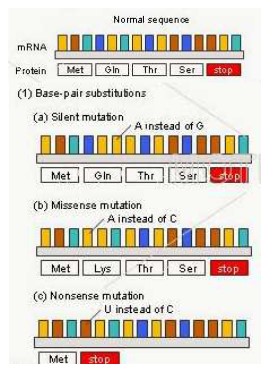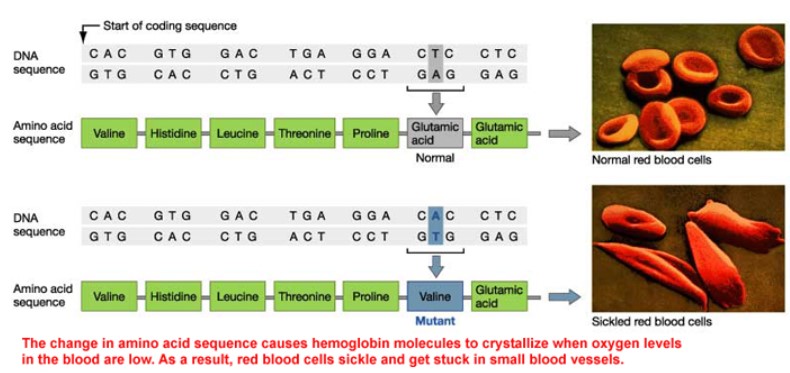Topic 3: Genetics
3.1 Genes
Genes: is a heritable factor that controls or influences a specific character consisting of a length of DNA occupying a particular position on chromosome
- Humans have between 21,000-23,000 protein coding genes
- The number of genes in an organism’s genome does not indicate how complicated an organism is, for example dogs have larger genome than human
- Each gene occupies a specific location or position on a chromosome called a locus.
- Since there are only46 chromosomes in a human diploid cell (23 pairs in females including two X chromosomes and 22 pairs plus and X and a Y chromosome in males). Each chromosome contains many different genes often linked in groups
Alleles: one specific form of a gene, differing from other alleles by one or a few bases only and occupying the same gene locus as other alleles of the same gene.
- There can be two or more alleles of a specific gene depending on the gene.
- The gene that influences human blood type has three different alleles that code for blood types A, B and O. When there are more than two alleles, this is called multiple alleles.
- Since each human cell consists of 2 copies of each chromosome (except X and Y), there are two copies of each gene. Sometimes a person can have two of the same allele (homozygous) or two different alleles (heterozygous)

Gene mutation: is a permanent change in the base sequence of DNA. Not all mutation causes disease.
- When one of the bases is changed, this will cause a change in the mRNA sequence when the DNA is copied during transcription of the gene.
- Silence mutation: a mutation in DNA sequence will not change in protein structure. (multiple codons coded for one amino acid)
- Missense mutation: a mutation in DNA sequence leads to a change in protein structure.(change in amino acid sequence)
- Nonsense mutation: a mutation in DNA shortens the polypeptide chain.(codons mutate to become a STOP signal.)

Sickle-cell anemia:
- is a disease that causes red blood cells to form a sickle shape (half-moon). These sickled blood cells cannot carry as much oxygen as normal red blood cells. They can cause clots in blood vessels (capillaries) because of their abnormal shape and inflexibility caused by crystallization of the abnormal hemoglobin.
- Sickle cell anaemia occurs on chromosome 11, happens ob gene HBB
- Sickle cell is caused by a base-substitution when the adenine base in GAG is replaced by a thymine base, changing the triplet to GTG.
- Glutamic acid then changed to valine, a negative charged amino acid changed to neutral one.
- Amino acid sequence change will then lead to a change in protein structure

- Sickle-cell anaemia gives immune to malaria, which is a parasite disease carried by mosquitoes.
- Malaria cannot infect sickle cells. So people with sickle cell trait are resistance to the disease
Genome: he whole of the genetic information of an organism
- In humans, the genome consists of 46 chromosomes plus the mitochondrial DNA
- In plants, the genome also consists of chloroplast DNA on top of their chromosomes and mitochondrial DNA
- Prokaryotes have a circular chromosome and plasmids in their genome
- Human Genome Project: entire base sequence of human genes was sequenced: Most of the genome does not code for proteins (originally labeled “junk DNA”). Some of these regions consist of areas that can affect gene expression or are highly repetitive sequences called satellite DNA. Scientists can now also predict which sequences do code for protein (approximately 21000-23000 sequences
